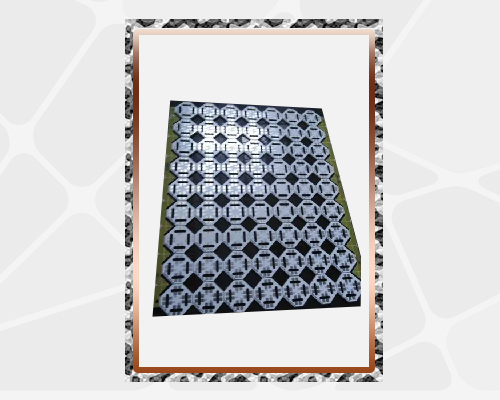A typical LED is made with a chip, which is the semiconductor that produces the light when electrically connected. The chip is connected by a very thin bond wire to a lead electrical contact that acts as the cathode. The chip is bonded with a thermal heat sink and a ceramic base. LED circuit or LED driver is an electrical circuit used to power a light-emitting diode (LED). The circuit must provide sufficient current to light the LED at the required brightness, but must limit the current to prevent damaging the LED. The voltage drop across an LED is approximately constant over a wide range of operating current; therefore, a small increase in applied voltage greatly increases the current. Very simple circuits are used for low-power indicator LEDs. More complex, current source circuits are required when driving high-power LEDs for illumination to achieve correct current regulation.
The simplest circuit to drive an LED is through a series resistor. It is commonly used for indicators and digital displays in many consumer appliances. However, this circuit is not energy-efficient, because energy is dissipated in the resistor as heat.

Lightweight, low profile
Lower cost backlit membrane switch
Dust and moisture resistant
Easy to integrate into complex interface assemblies
Efficient low power consumption
Available in a wide variety of sizes, colors, and intensities
May be used in silver flex membrane switches and copper flex membrane switches